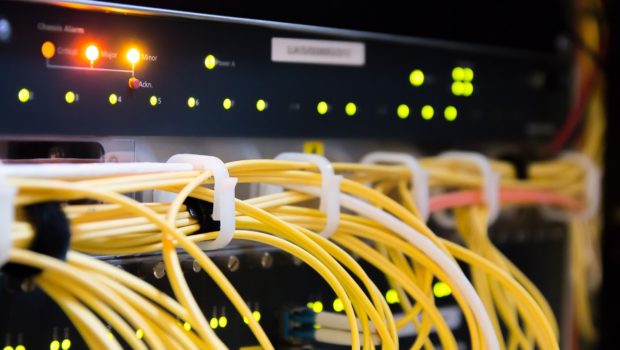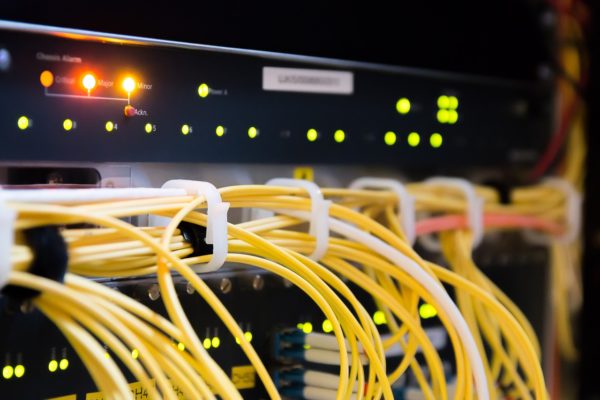The 7 Signs That Show it’s Time to Upgrade Your IT Infrastructure
The quality of your infrastructure determines whether your organization will realize its goals. However, IT infrastructure that performs as expected at all times isn’t something you achieve once and then forget for good. Infrastructure must be evaluated regularly.
Data volumes, network traffic, customer expectations, user needs, regulatory requirements and shareholder demands are constantly evolving. This translates to ever changing IT needs. Certain signs will warn you that it’s time to upgrade.
Source: Pixabay.com
Your Maintenance Costs Are High
Older technologies require regular updates and frequent repairs to ensure they work. It may not seem like a large expense when you look at the cost of an isolated incident or one machine. It’s only when you examine the aggregated cost of all repairs over a financial year that you start to appreciate the scale of expenditure.
Whereas buying new infrastructure may seem expensive, it is likely to cost less over the long-term.
Your Systems Are Increasingly Slow
Slow applications drag down operations and hamper employees from attaining their full potential. Slow systems are often a pointer to underlying infrastructure limitations such as inadequate storage space or insufficient bandwidth. Infrastructure monitoring with Appoptics or similar tools should give you an exact picture of where the problem lies.
If you don’t want your organization grinding to a complete halt, there’s little option but to acquire additional infrastructure capacity.
Your Servers Are Constantly Crashing
Often, servers crash for the same reasons that systems are slow i.e. inadequate memory space or network bandwidth. There may however be other reasons such as corrupted disks, malware infection and overheating.
Whereas no system is 100% immune from the occasional hiccup, experiencing a major outage every one or two months is a sign that you need to deeply assess your infrastructure and possibly replace it.
You Have Too Many Technology Vendors
After several years, your organization may end up with different employees using different hardware for the same thing. This presents a problem for several reasons.
First, this can make achieving system compatibility difficult. Second, it requires your IT department to develop expertise across multiple types of hardware. Third, it makes patch management an onerous undertaking. Fourth, you lose out on discounts you’d otherwise enjoy from buying one brand at scale.
You Have End-of-Life Software
All major developers build an end-of-life date into their software. Once this date passes, they’ll no longer release updates for the product. This makes it more vulnerable to instability and cyberattacks. In certain cases, obsolescent applications may expose your business to legal action if they aren’t compliant with new laws and regulations.
Keep an eye on the end-date of all systems you use in order to prepare for an upgrade early.
Your System Succumbed to a Cyberattack
A security breach is a dramatic signal that your technology infrastructure needs an overhaul. A successful cyber attack threatens the very existence of your organization. It therefore requires urgent review of all security measures and, where need be, the replacement of vulnerable hardware and software.
It doesn’t matter if the attack had a minimal impact. The fact that it succeeded means there’s a way for an unauthorized party to access and possibly manipulate your systems and data.
Your Competitors Are Pulling Ahead
No business operates in a vacuum. Its success is dependent on what its competitors are doing. The evolution of systems used by existing competitors and new market entrants can necessitate a company changing its technology infrastructure in order to keep up or maintain its lead.
For example, if your key competitors have overhauled their systems to ensure seamless compatibility with the mobile devices of customers or end users, it may be necessary for you to do the same.
If you’ve seen one or several of these warning signs, that doesn’t mean you have to start resolving all the issues at one go. Upgrading technology infrastructure can be costly especially because replacing one component could trigger a chain reaction that demands an extensive overhaul. The key lies in prioritizing the most urgent issues then develop a schedule for the longer term upgrades.

















